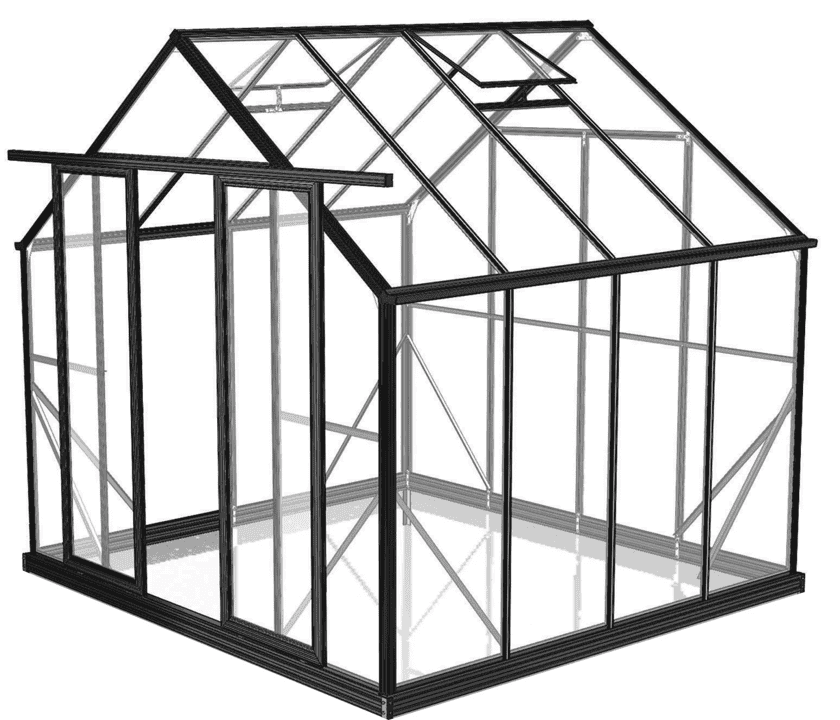As winter settles in and temperatures plummet in Australia, gardeners face the challenge of protecting their loved plants from the harsh winter. Cold temperatures, frost, and icy winds can wreak havoc on delicate plants, making it crucial to implement strategies to keep them warm and thriving during the winter months. By employing a combination of smart planning, careful selection of plants, and effective protective measures, gardeners can ensure the survival and health of their plants, fruits & vegetables throughout the chilly season.
Winter brings a magical, frost-covered landscape, but it also poses significant challenges for gardeners who wish to maintain the beauty and vitality of their plants. While some plants are naturally adapted to withstand the cold, others require extra care and attention to survive the harsh winter conditions. Understanding the principles of winter plant care and implementing practical strategies to keep plants warm and protected can make a world of difference in preserving their health and enhancing their chances of thriving when spring finally arrives.
Here are some methods that you can consider to keep your plants warm during winter in Australia.
Choose the right plants
Selecting plants that are well-suited to your climate is the first step in ensuring their winter survival. Consider native species and cold-hardy varieties that can withstand the chill. Research the hardiness zones in your area to determine which plants are most suitable for your region’s average winter temperatures.
 By choosing plants adapted to your climate, you give them a better chance to withstand the winter conditions.
By choosing plants adapted to your climate, you give them a better chance to withstand the winter conditions.
Use frost protection cloth
Frost protection cloth is a vital tool for safeguarding plants against the harsh effects of winter. Designed specifically to shield plants from freezing temperatures, this specialised fabric provides an extra layer of insulation and protection.
 By creating a barrier between the plants and the cold, frost protection cloth helps prevent frost damage, such as frostbite and dehydration, which can lead to stunted growth or even plant death.
By creating a barrier between the plants and the cold, frost protection cloth helps prevent frost damage, such as frostbite and dehydration, which can lead to stunted growth or even plant death.
Use greenhouse
A greenhouse is an excellent tool for keeping plants warm and protected during the winter and summer season. With its controlled environment, a greenhouse offers a range of benefits that help plants thrive even in cold weather. Polytunnel is one of the most popular greenhouses which provides amazing protection, the greenhouse plastic is generally a multi-layer polyethylene greenhouse film that has anti-fog and anti-dust coatings, high light transmission and thermic properties.
 Here’s how a greenhouse can keep plants warm during winter:
Here’s how a greenhouse can keep plants warm during winter:
Insulation: Greenhouses are designed with materials that provide insulation, such as double or triple-layered walls and roof panels. These materials trap heat inside the structure, creating a warmer environment than the outside temperature. The insulation helps retain the heat generated during the day and prevents rapid temperature drops at night, shielding plants from extreme cold.
Solar heating: Greenhouses are designed to harness the sun’s energy efficiently. Sunlight passes through the transparent walls and roof of the greenhouse, creating a greenhouse effect. Solar radiation warms the interior, raising the temperature and providing a favourable climate for plant growth. Even on cloudy days, the greenhouse can capture and retain enough heat to keep the temperature above freezing.
Artificial heating: In regions with extremely low temperatures, supplemental heating systems like greenhouse fan heater can be installed in the greenhouse. These heating systems provide additional warmth when the natural heat from the sun is insufficient. They help maintain a consistent temperature, protecting plants from frost and freezing conditions.
Wind protection: Greenhouses provide a sheltered environment, shielding plants from harsh winds that can accelerate moisture loss and damage plant tissues. The windbreak effect helps reduce heat loss through convection, creating a more stable and gentle climate for plant growth.
Humidity control: During winter, the air tends to be drier both inside and outside. Greenhouses allow for better control of humidity levels, preventing excessive drying of plant foliage. By maintaining an optimal level of humidity, plants can better withstand winter conditions and avoid desiccation.
Australia experiences diverse weather conditions from extreme heat to cold and hence the importance of greenhouses is significant.
Water properly
Proper watering is crucial in winter plant care. Water your plants adequately, but avoid overwatering as excessively wet soil can lead to root rot and other issues. Watering in the morning allows excess moisture to evaporate during the day, reducing the risk of freezing overnight. Monitor soil moisture levels and adjust watering frequency accordingly to maintain optimal conditions for your plants.